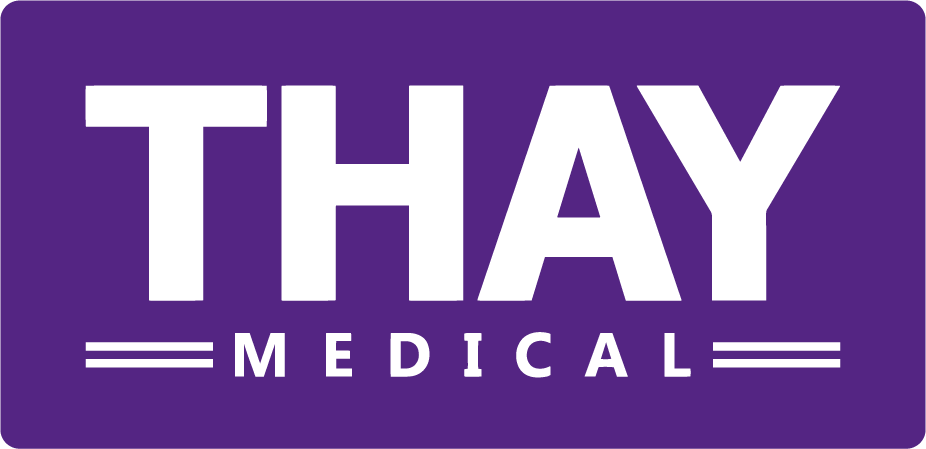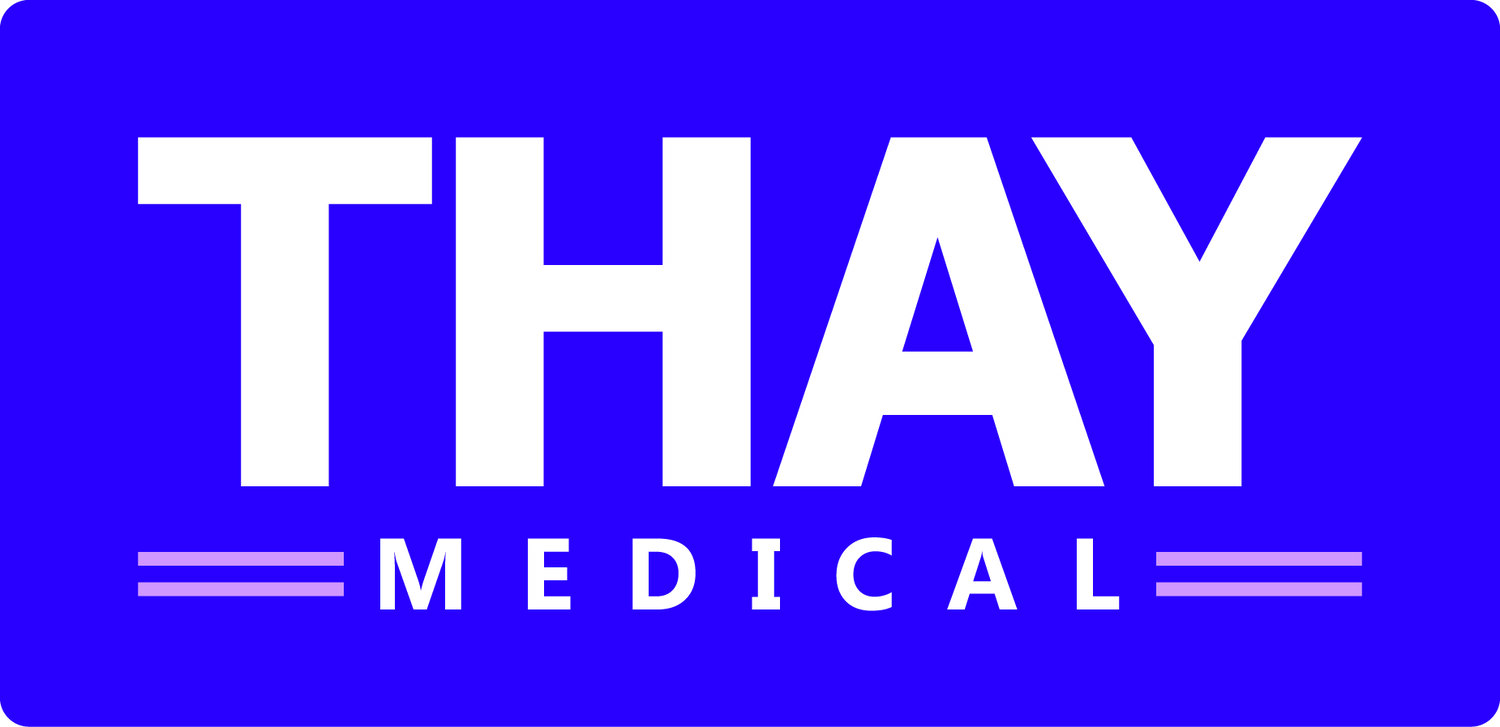Sound in Medical Devices
 Does sound matter in medical devices?This question may be obvious and perhaps unnecessary. Incorporating sounds in consumer products is a common design practice - in particular in electronics, but when it comes to medical devices the answer is not so obvious and it depends on a series of human factors - especially use safety. Adding sounds to medical devices will depend on who, where, how and even when it will be used. For example, if it is a safety critical device, it is not only needed but mandatory to have sounds, such as audio alarms and audio feedback from key press. If the device is an accessory which carries very low risk, then there is little reason to incorporate sounds and haptic* feedback may be more relevant.From a human factors perspective, well designed sounds based on research with intended users and intended use environments will always be an added benefit, especially when safety is improved. This is the case with a recent release of an Epinephrine auto-injector called “Auvi-Q”, which has electronic sounds that gives “talking” instructions to the user on how to operate the device. This is the first device of its kind and until then, auto-injector manufacturers would have questioned the need for such feature. However, this device has been designed by allergy sufferers who believe that getting audio instructions (rather than having to read them) during an emergency is highly beneficial. The whole user experience and safety is therefore improved.One of the most important uses of sounds in medical devices is for alerting the user when something goes wrong with the device, such as an infusion line occlusion. Audio alarms can quickly catch the user’s attention, even if the user is distracted or not looking at the device. In contrast, visual alarms require the user to spot visual cues, such as flashing-lights or display warning messages at the device user interfaces.Returning to the original question, sounds in medical devices do indeed matter and have the main purpose of ensuring the patient’s safety. However, designing sounds for medical devices has many challenges, since the pitfalls are also many. To name a few:
Does sound matter in medical devices?This question may be obvious and perhaps unnecessary. Incorporating sounds in consumer products is a common design practice - in particular in electronics, but when it comes to medical devices the answer is not so obvious and it depends on a series of human factors - especially use safety. Adding sounds to medical devices will depend on who, where, how and even when it will be used. For example, if it is a safety critical device, it is not only needed but mandatory to have sounds, such as audio alarms and audio feedback from key press. If the device is an accessory which carries very low risk, then there is little reason to incorporate sounds and haptic* feedback may be more relevant.From a human factors perspective, well designed sounds based on research with intended users and intended use environments will always be an added benefit, especially when safety is improved. This is the case with a recent release of an Epinephrine auto-injector called “Auvi-Q”, which has electronic sounds that gives “talking” instructions to the user on how to operate the device. This is the first device of its kind and until then, auto-injector manufacturers would have questioned the need for such feature. However, this device has been designed by allergy sufferers who believe that getting audio instructions (rather than having to read them) during an emergency is highly beneficial. The whole user experience and safety is therefore improved.One of the most important uses of sounds in medical devices is for alerting the user when something goes wrong with the device, such as an infusion line occlusion. Audio alarms can quickly catch the user’s attention, even if the user is distracted or not looking at the device. In contrast, visual alarms require the user to spot visual cues, such as flashing-lights or display warning messages at the device user interfaces.Returning to the original question, sounds in medical devices do indeed matter and have the main purpose of ensuring the patient’s safety. However, designing sounds for medical devices has many challenges, since the pitfalls are also many. To name a few:
- The use environments – indoor, outdoor, quiet, busy, unsafe, etc.
- The interference caused by other materials, such as enclosures, protective cases, clothing, etc.
- Limitations related to the user, such as not having an acute hearing.
Designing for different environments is one of the most common challenges. Hospital clinical areas can be very noisy mask important sounds. As well, a “cacophony” of sounds generated by other medical devices could confuse users, leading them to ignore what could be again, an important alarm. Conversely, having a medical device that triggers sounds in a quiet environment, such as a concert hall will certainly cause intrusion, leading to problems for the patient and other people surrounding the user.Another pitfall of sound design is volume, or loudness. Not enough volume can result in a number of issues, some quite serious if related to high-risk alarms, which in fact should always be the loudest. Unlike consumer products, it is usually not a good idea to let the user switch off (mute) the alarms, or even control the volume level; unless the control permission is only given to healthcare professionals. Well-designed sounds, should follow guidance from international standards, such as the 60601-1 standard. When advising on an ideal loudness in relation to background noise, the standard suggests that: “Clinical experience has shown that values between 45 dB and 85 dB can be reliably detected without being too intrusive in most situations”.The best way of ensuring that sounds are designed to be as effective as possible and provide the best user experience, is testing the medical device in different ways and under different conditions.Following commonly accepted standards such as the BS EN ISO 3744 to setup a sound pressure testing, will help to reveal precisely what loudness the device is producing. The BS EN ISO 3744 guidance is about testing sound pressure in a controlled environment with very sensitive equipment, using an array of 10 calibrated microphones in an anechoic chamber. The device to be tested is placed in the center of this array (which has a dome like formation) at usually 1 meter away from each microphone, but this will vary depending on the type of device and condition. According the BS EN ISO 3744, the anechoic chamber should have a reflective floor plane, so the sound is not entirely absorbed. It is important to test all sounds and under different conditions based on real life situations. For example, testing the loudness of a device that has been placed inside a bag, case, etc. Once the data is collected, it gets calculated and analysed. The data can be used as evidence whether the sounds of the device need to be improved or redesigned.However, sometimes data generated from testing in a controlled environment is not enough, as what the measurements revealed is not necessarily a guarantee that the sounds will be effective in real-life. The device should be tested by its users in an intended use environment. In fact, there is nothing that replaces a well-planned an executed usability test, as the best data will come from users’ opinions.THAY Medical has performed sound pressure and usability testing on a range of different devices and can help manufacturers to design sounds that are usable and effective. If you want to find out more, please contact us by clicking here.The staff at THAY Medical *"A vibration or other tactile sensation received from a computer or electronic device." - Dictionary.com

